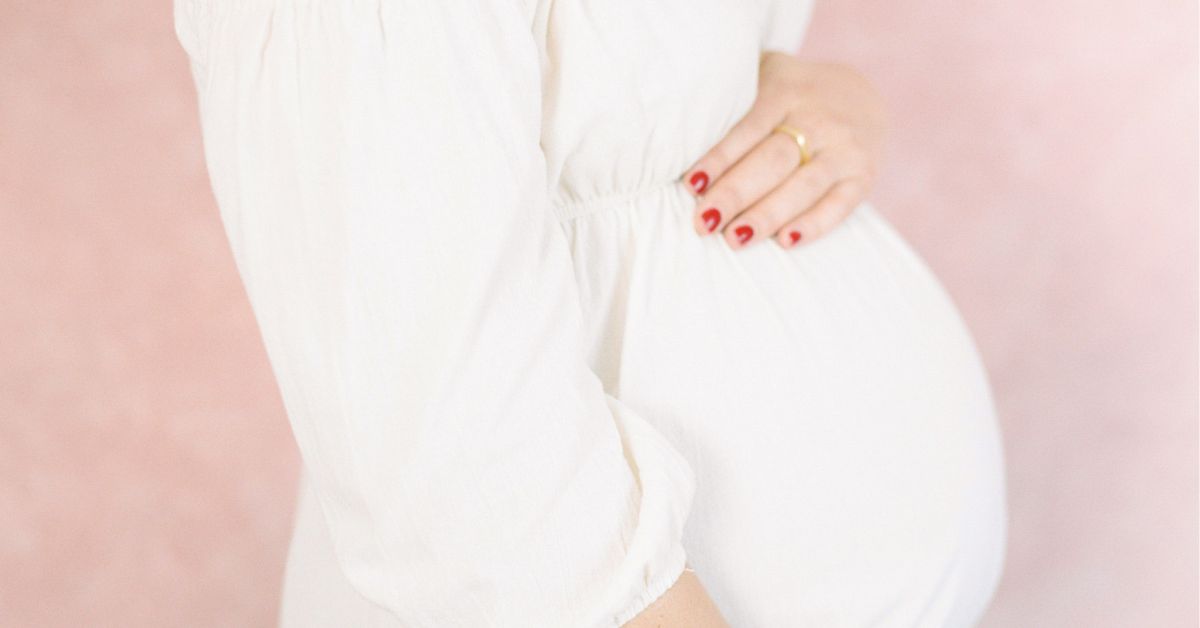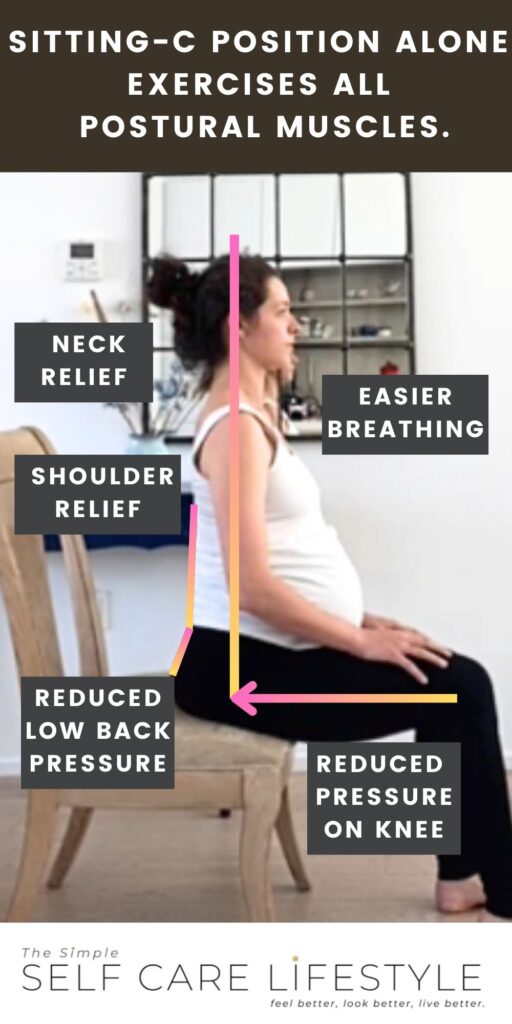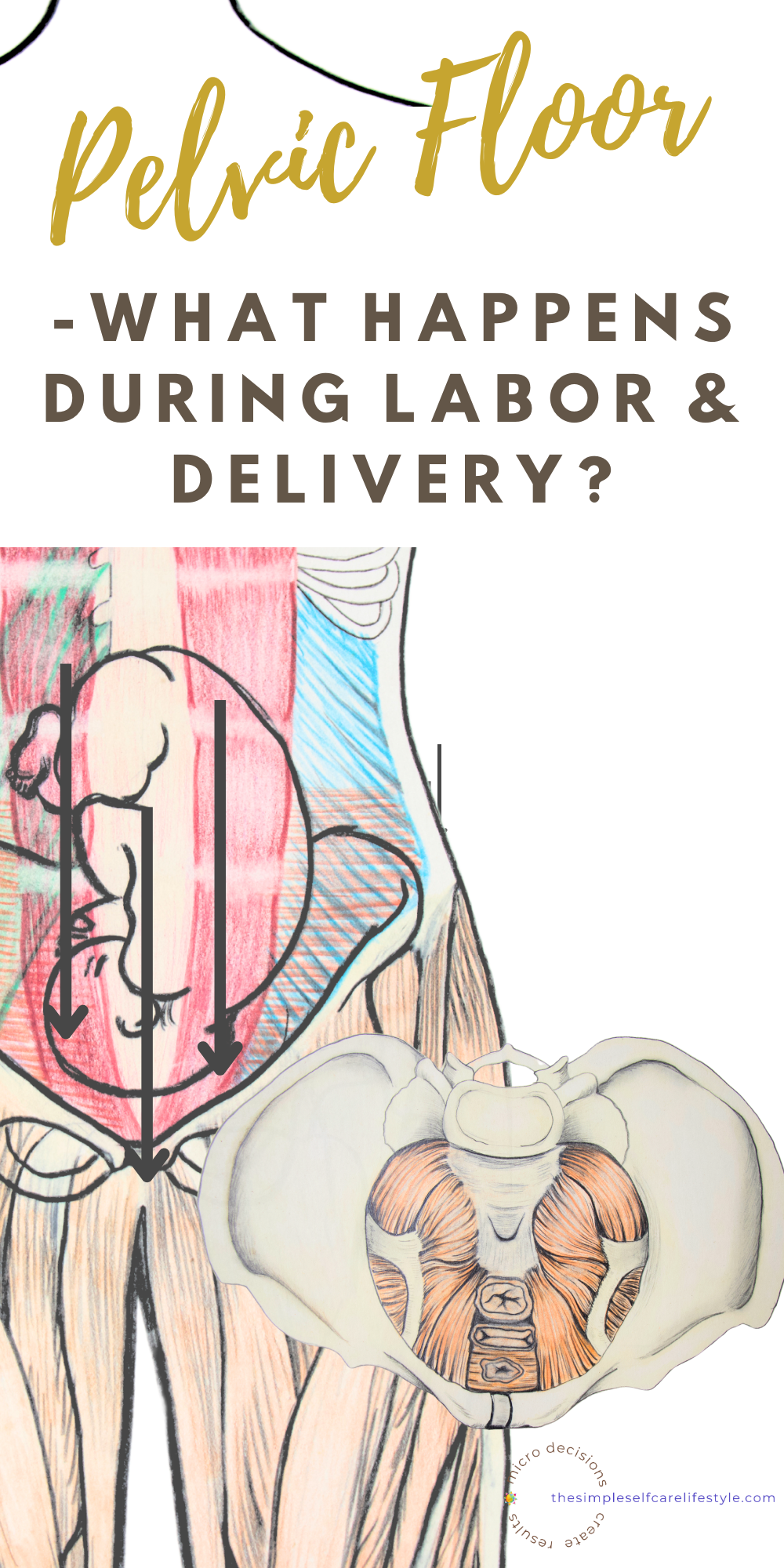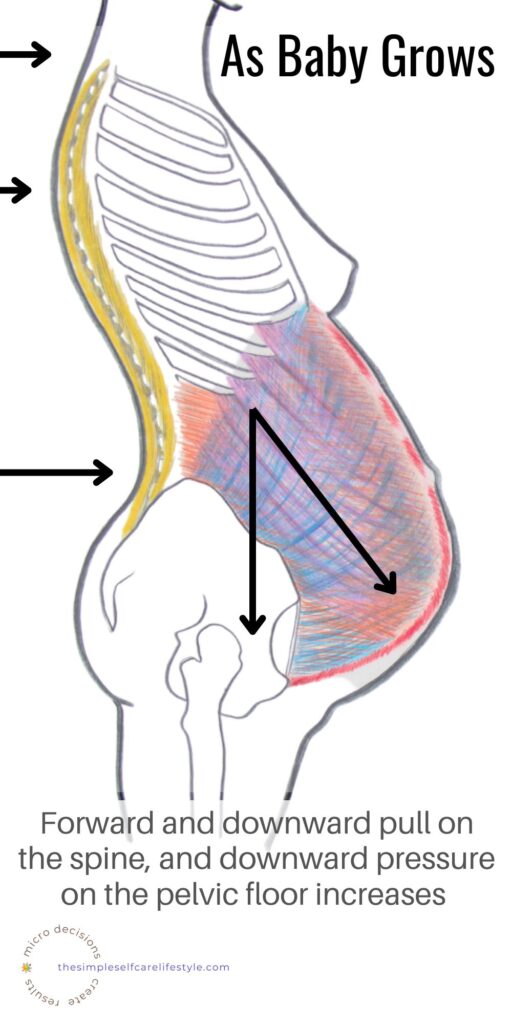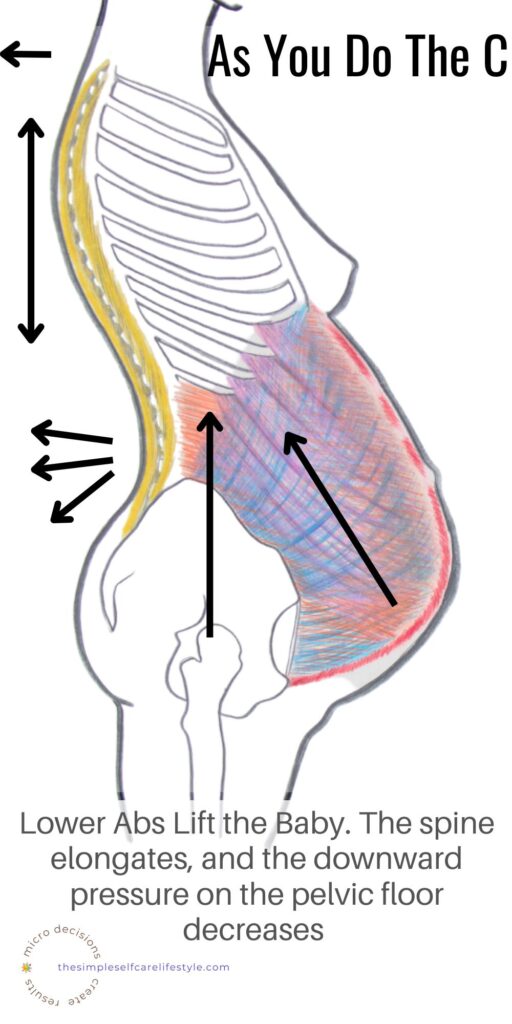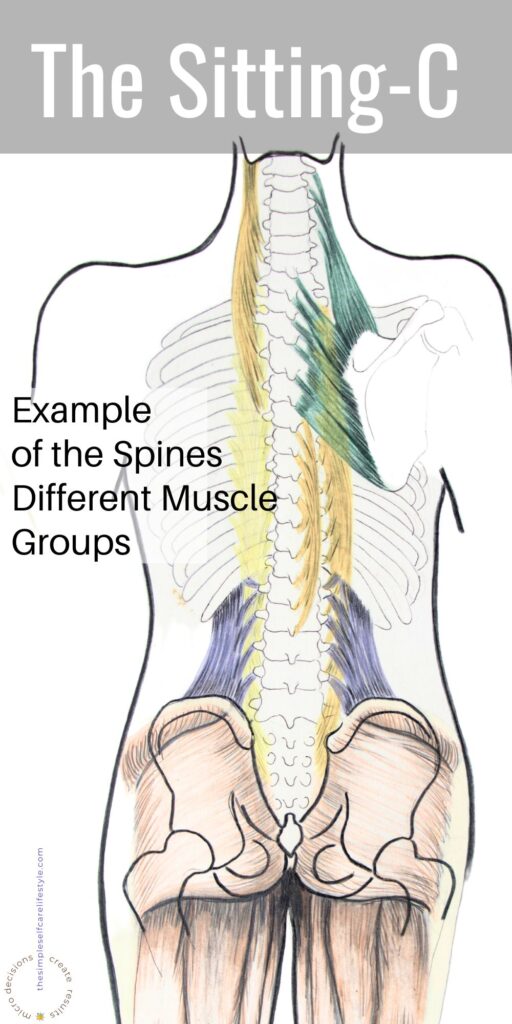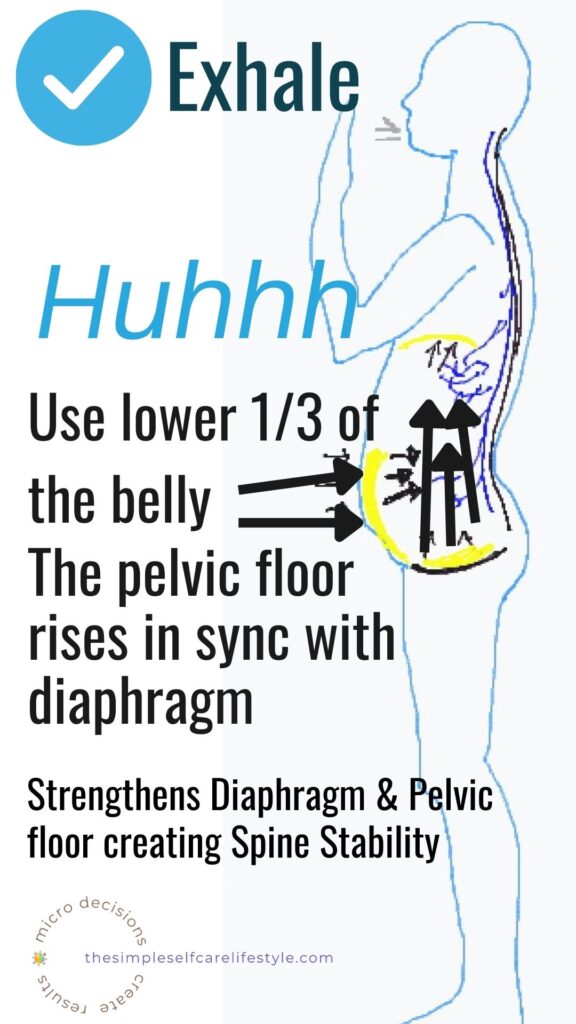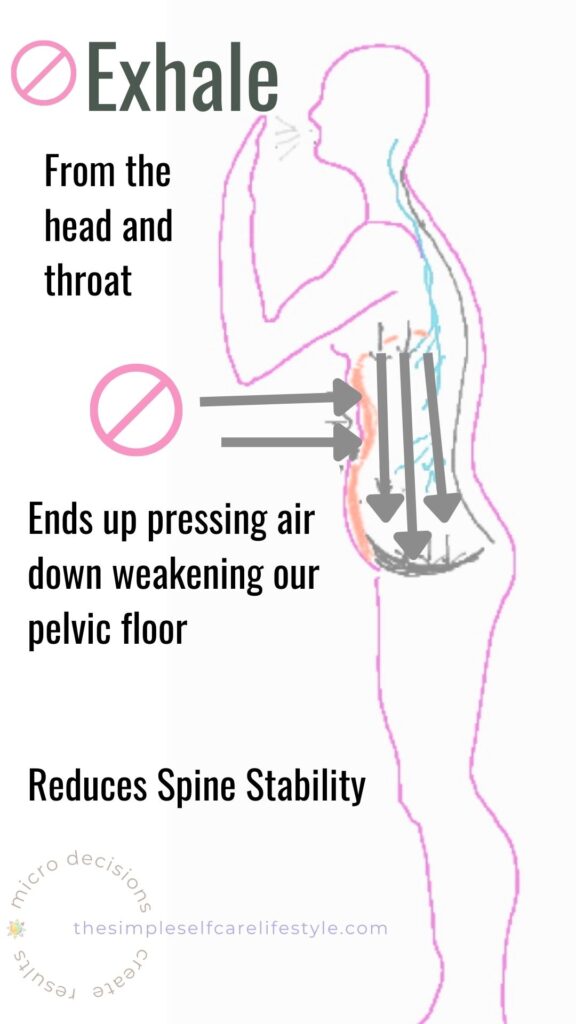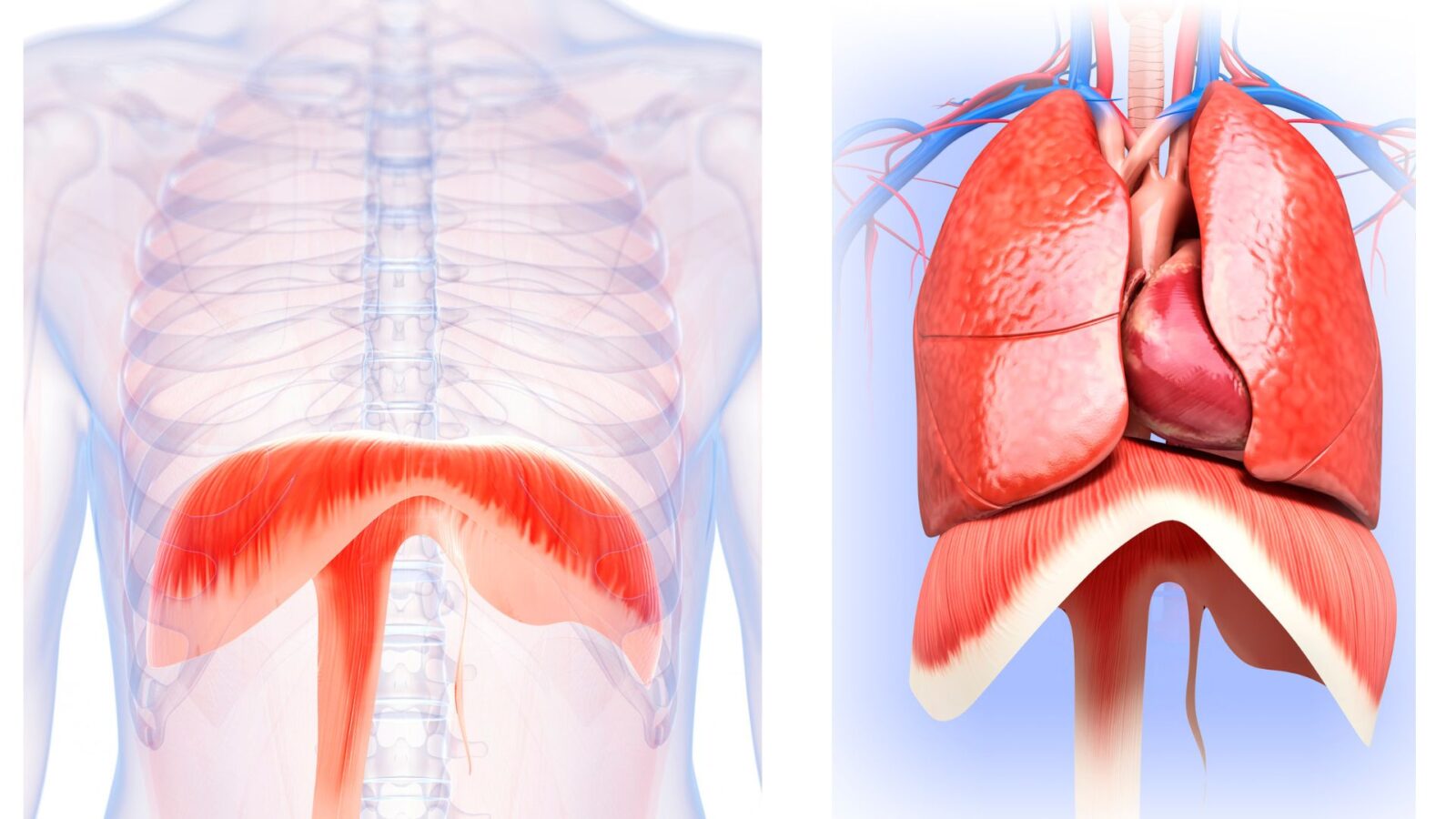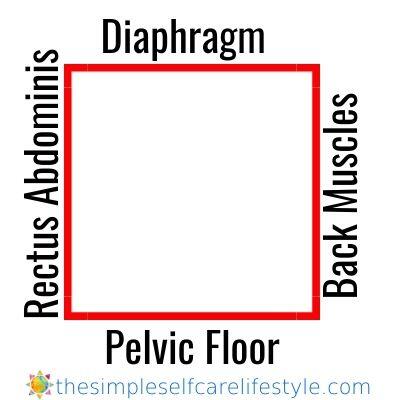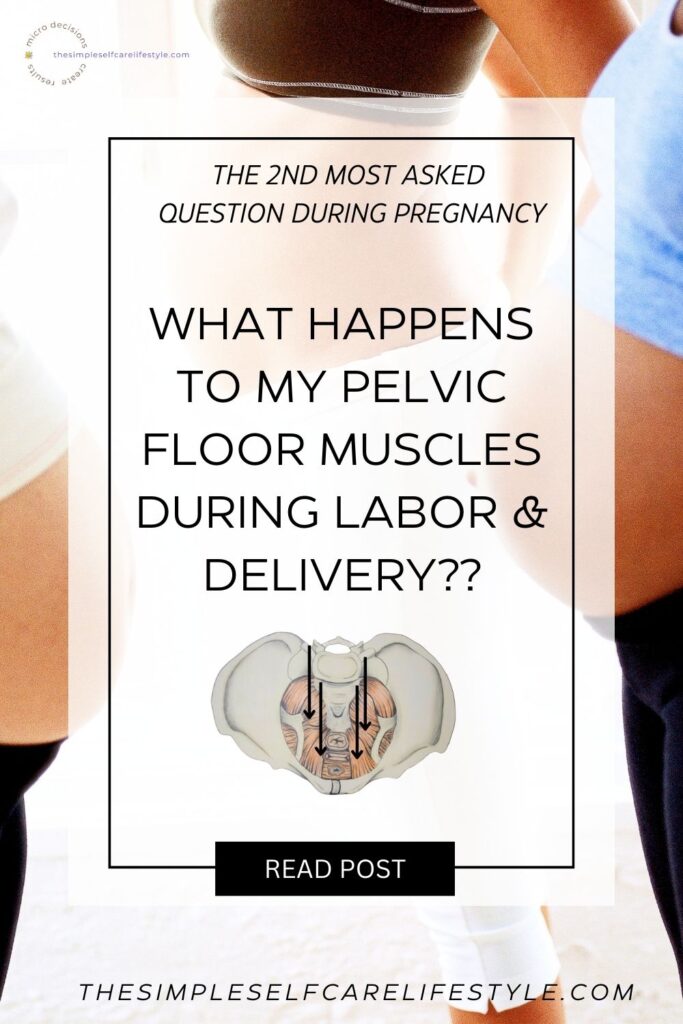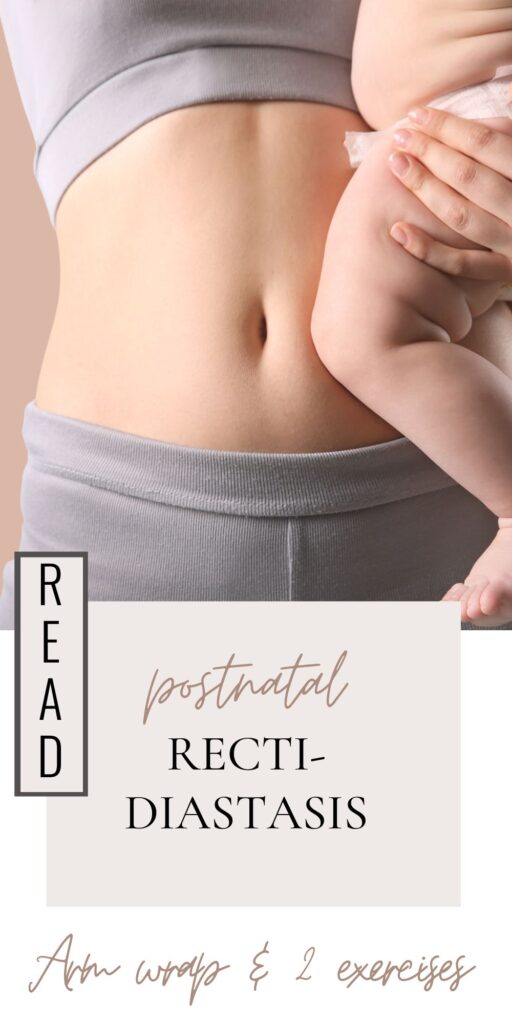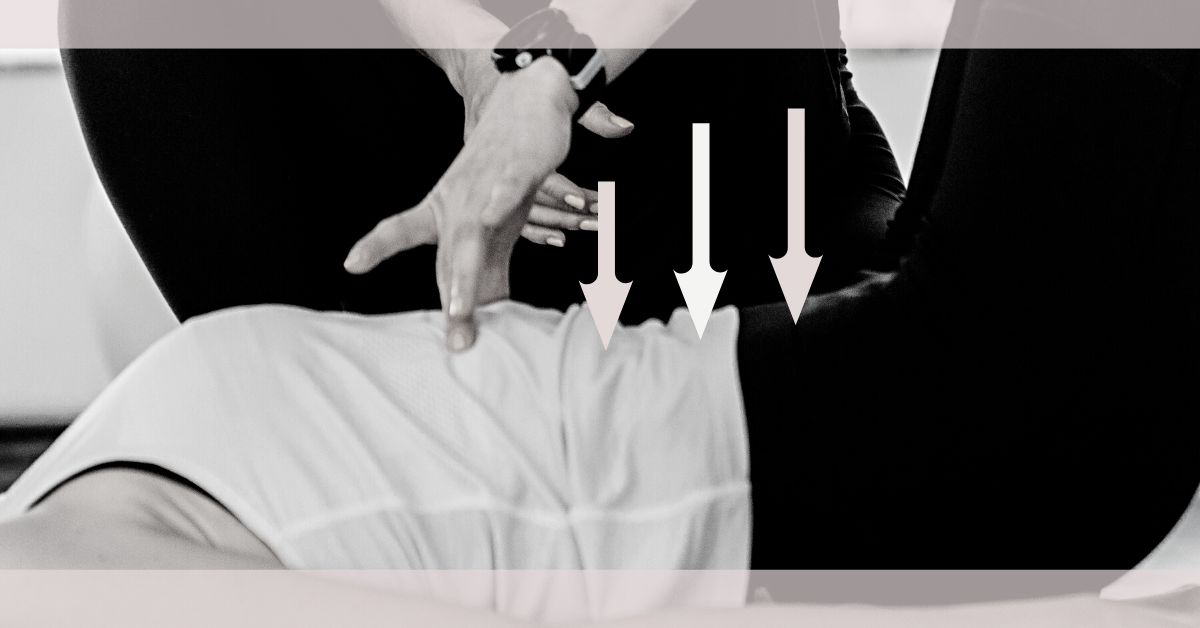Pregnant? The Absolute BEST Pelvic Floor Exercise!
The absolute best pelvic floor pregnancy exercise is going to surprise you!
I’ve named it the Sitting-C.
In today’s post: Pregnant? The Absolute BEST Pelvic Floor Exercise! we’ll cover:
- The exercise (Sitting-C) that trains your pelvic floor & so much more!
- Getting into and maintaining the exercise position.
- The ACTION part of the exercise.
- Step-by-step instructions for the breathing technique that makes all the magic happen!
- Visuals to walk you through the HOW it works, making it the best pelvic floor exercise.
- Easy ways this Pelvic Floor Exercise fits into your lifestyle.
The Sitting-C Trains Your Pelvic Floor & So Much More!
No prenatal exercise offers more amazing benefits for you and your pelvic floor than the Sitting-C. It provides tangible results:
- Right NOW
- Throughout your entire pregnancy.
- During Delivery and
- Postnatally, especially in Phase II of Getting Your Body Back.
The ‘so much more‘ includes:
Prevention, Reduction, and Alleviation of:
- Upper and lower back pain
- Tingling sensations in the upper arms and hands
- Varicose Veins
- Constipation
- Leg Cramps
- Swelling
- Anxiety...
While It Enhances:
- Ability to breathe
- Relaxation
- Body Awareness
- Lymph Movement
- Builds Muscle tone and balanced flexibility
- Confidence. to name a few.
Moms & OB-GYNs Agree: The Benefits of Doing This Pelvic Floor Exercise During Pregnancy Pays Off!
Over the 4+ decades of teaching thousands of moms-to-be, there was always a common story they shared with other pregnant moms post-delivery: and that was how powerful their pelvic floor knowledge was and how useful the Sitting-C proved to be during different parts of labor and delivery.
When new moms returned to class with their infants in tow, they shared their birth stories. This was wonderful for class participants because they felt they shared their birth stories. This was wonderful for class participants, who encouraged and motivated other moms to use the Sitting-C.
Free PDF: 3 Safe & Effective Ab Exercises PLUS 2 Protective Ab Tips
Plus, now, post-delivery, new moms could attest to the benefits the Sitting-C provided them during labor and postnatally.
Moms also told stories of how, during delivery, their OB-GYN/Midwife would say that it was apparent they trained with mo using The Prenatal Exercise System’s Sitting-C exercise.
When I would run into the Midwives/OB-GYNs, they’d say:
“just had one of your moms mo! It is so easy to tell they were in your classes because they were in tune with how to work with their bodies, and it is always so amazing how their transition into pushing is so effective.”
We will go into why and how training your pelvic floor using the Sitting-C works so well for every pregnancy phase, delivery, and postpartum after we get the Position and Action under our belt.

Training The Pelvic Floor Using The Sitting-C!
The Sitting-C Exercise Benefits You:
- NOW.
- Throughout your entire pregnancy.
- In Delivery.
- Postnatally, leading the way in Getting Your Body Back.
- Lifelong! I still use it today.
mo
Getting Into The Sitting-C Position
Position:
The only thing you will need is a sturdy armless chair.
Getting into Position
〰️Please never use a folding chair〰️
1
Sitting securely toward the front of your STURDY, armless chair, close but not too close to the edge, you’ll have your-
2
Feet FLAT on the floor so they are far enough in front of you that you can see your toes. Legs positioned minimally hip-width apart.
3
Now, you’re ready to LIFT your ribcage directly upward. You’ll feel there is more space between your ribs and hips when you do this.
Maintaining the Position
This is the challenging part- maintaining this position throughout the Exercise is our GOAL. It looks so easy. But I think you’ll find it challenging at first.
It is working many of your postural muscles AND making space to use your body’s #1 stabilizing muscle, KEY, to your pelvic floor.
Maintaining the position will take practice, but it is worth it. One reason is that the payoffs become exponential as pregnancy progresses.
Even releasing a little matters
Why Focus so much on position?
Is it REALLY that important to be so picky about position?? This was the most common question I heard, and it is a GREAT question!
The answer is it matters A LOT.
There are many physiological and biomechanical reasons to be so focused on position; for now, I hope these two photos help show you how even a little release in positioning can make a big difference for you.
Even if you walk away from today’s post and practice getting into and maintaining this position at different times throughout your day, you will positively impact your body during your pregnancy.
Let’s Practice The Action of the Sitting-C
- Get into the Sitting C position.
- Once positioned, MAINTAIN it to the best of your ability.
- Add the action, which is a slow rock of your pelvis.
The Action.
- Tipping/rotating your hips.
- All the while maintaining the tall, tall, tall position.
The Natural Pull on the Body As Baby Grows and How We Counteract That With The Sitting-C
As your baby grows, you can expect the:
- forward and downward pull on your spine to increase.
- downward pressure on your pelvic floor to increase.
The Sitting-C will help you protect your pelvic floor throughout pregnancy because incorporating it early on means you get to take advantage of the incremental weight/resistance the baby adds to the Sitting-C muscle work as they grow.
This is true for all the muscles we use in the Sitting-C. Your diaphragm, pelvic floor, lower abs, and spine muscles ALL keep improving in strength as pregnancy progresses.
The Muscles We Are Focused On
- Spinal Muscles are the muscles that run up and down your spine.
- Lower abdominal muscle region that is just below your belly button to your pubic symphysis (where the two bones of your hips come together).
- Pelvic Floor Muscles (muscles that provide support for the bladder, uterus, and rectum).
The Action
- Tipping/rotating your hips.
- All the while maintaining the tall, tall, tall position.
It is very subtle. Here is a snippet in real-time to show you how small the movement is.
What Should The Sitting-C Action Feel Like?
A nice stretch up and down your back is a good indicator you have the positioning just right.
When positioned in and maintaining the Sitting-C, the subtle tip of the pelvis will gently stretch the muscles all up and down the spine, elongating them in a wonderfully gentle yet noticeable way.
Repeating the Sitting-C Action slowly and rhythmically unwinds the tension created throughout the day due to the forward and downward pull on the spine as bellies grow.
While at the same time strengthening your pelvic floor muscles.
Note: The earlier you are in your pregnancy, the more tip/rotation you will have.
Don’t Underestimate the Work You Are Doing!
The Action of the Sitting-C Exercise looks deceivingly easy.
“The action of the exercise is subtle. Get ready for your partners, family, and onlookers when you exercise to comment with the typical- You call that exercise? Ignore them! The Sitting-C pays off big time!”
Mary B, Mother of 5.
Free PDF: 3 Safe & Effective Ab Exercises PLUS 2 Protective Ab Tips
Now, The Last Piece of the Exercise.
We have one last piece of Sitting C: the E for E Breathing technique. This is where all the MAGIC happens! It is also the reason the Sitting C is the absolute best pelvic floor pregnancy exercise! Let’s jump in!
E for E breathing technique.
The E for E breathing technique is responsible for making the Sitting-C the BEST pelvic floor exercise. After we get the breathing technique down, I will show you HOW and WHY it is what makes all the magic happen.
E-for-E Step-by-step Instructions:
E for E stands for Exhale on the Effort of the action you are doing.
Here are two illustrations to help you practice E for E.
They represent how we would like to Exhale and how we typically Exhale.
The first version is optimal and is the version that helps us strengthen our pelvic floor. The lower 1/3 abs help us exhale more fully, helping the diaphragm and pelvic floor to work in sync, strengthening both.
- Sitting in the Sitting C Position with your mouth slightly open
- Contract the lower 1/3 of your ab muscles slowly yet with effort
Your air will gently be pushed up and out of your open mouth. The exhale will sound like HUHHHH. A different sound than if you are blowing. Blowing means you are pushing the air from your lungs.
We want the air to be exiting because the lower 1/3 of the abs is pressing the air up and out.
The E for E Exhale Can Be Tricky When First Starting Out
E for E Exhale can be tricky, so I have a post that focuses solely on how to find the lower 1/3 of the abs responsible for expelling the air up and out.
Breathing Technique We Should ALL Know And Use.
Using this breathing technique in everyday activities can help you avoid upper and lower back aches, pains, and pelvic floor issues, improve your balance, posture and so much more! Give it a try!
Feel better, Look Better, LIVE better…The Simple Self Care Lifestyle
Plus, part of the way in: The Train This Muscle First Video is a section that can help you master it.
Video: Train This 1 Muscle FIRST (Diaphragm section approx: Min 02:19)
At 02:19 I walk through how we typically breathe, and then I walk through how we can breathe in a way that trains our diaphragm and PELVIC floor. We practice finding the section of our Ab muscle that helps us strengthen our diaphragm as well…
Here we go! Putting the Pieces Together:
The Sitting-C Position, Action, and E for E Breathing Technique creates the best pelvic floor exercise to use throughout pregnancy.
Now, Using the E for E while in the Sitting-C
- Positioning Yourself in the Sitting-C Position: take a moment to release the tension in your jaw so you can comfortably have your mouth slightly ajar. (We do this so the air can move up and out of our mouth during the exercise.)
- Use the lower 3rd of your tummy muscles (the region from your belly button down) to press as if your belly button is moving toward your back. This Action presses the air up and out of your slightly opened mouth. That is how you do it!
1. Sit tall, tall, tall in your Sitting-C position with your:
- jaw relaxed,
- mouth slightly ajar.
2. Inhale through your nose, taking a nice deep breath.
3. Simultaneously
- rotate your hips while (Action)
- contracting the lower third of your abs- (the region from your belly button to pubic symphysis) (E for E technique), pressing the air that is in your abdominal cavity up and out of your slightly open mouth.
Tada! You did it! This Sitting-C Action will help you strengthen your pelvic floor better than any other exercise!
Just like the Action of the Pelvic Tip, the breathing technique is subtle.
Subtle yet unbelievably powerful when used day in and day out. Watch the lower third of the abs to see how the abs contract as the hips slightly tip, pushing the air up and out of mom’s slightly open mouth.
A clip I created for you:
Isn’t that amazing?! This SIMPLE (not always easy) Sitting-C exercise helps Moms progressively strengthen the pelvic floor and so much more! EVERY DAY, as the baby grows, they incrementally provide more resistance!
How & What Makes The Sitting-C the Best Pelvic Floor Exercise
Wrapping up today with a simplified explanation of how and why the Sitting-C exercise is the best pelvic floor exercise during pregnancy.
As with every exercise I share on The Simple Self Care Lifestyle, it leverages the way the body is set up to work.
When it comes to the best way to protect and strengthen pelvic floor muscles, we take advantage of the fact that they are meant to work together with the diaphragm muscle.
We are leveraging the knowledge that the Diaphragm and Pelvic floor are set up to work together.
The pelvic floor muscles lift as the diaphragm lifts, pressing upward against the lungs to expel the air up and out. (Using the E for E technique helps make sure that happens.)
When working in sync, they create stable pressure in the abdominal cavity, giving us the strength to stand comfortably upright.
Here is an Illustration of the Diaphragm:
- Sitting-C Positioning, Action, and E for E Technique strengthen the Diaphragm, which happens to be the body’s number 1 spine stabilizing muscle.
Our Diaphragm and Pelvic Floor muscles are meant to work TOGETHER. We do exactly that in the Sitting-C with E for E technique.
The diaphragm…plays a role in respiration and trunk stability by controlling intra-abdominal pressure and reducing the stress on the spine through cooperative action with the abdomen and the pelvic floor muscles.(2)
Strengthening the Diaphragm is The Best Way to Strengthen the Pelvic Floor.
When you strengthen your Diaphragm, your Pelvic Floor Muscles become stronger, as will your entire Abdominal core.
The most effective way to strengthen the diaphragm is to use the lower 1/3 of your ab muscles.
Think of the abdominal cavity as a pressurized box.
- The diaphragm is the TOP of the cavity we are focused on.
- Pelvic floor muscles are at the BOTTOM of the abdominal cavity.
- Abs is one side wall. The Back Muscles are the other side wall.
All four sides of the box WORK TOGETHER to help keep the contents (in this case, your organs) in place.
If we ONLY focus on exercising the pelvic floor, then we are training and strengthening only 1/4 of this cavity, decreasing its stability!
The Sitting-C combined with the E for E Breathing Technique trains ALL 4 Muscle groups. This is the most powerful way to protect and strengthen the pelvic floor, which is why it is the best pelvic floor pregnancy exercise.
E for E Reduces the Downward Pressure on the Pelvic Floor
When we exhale using the E for E technique, the downward pressure on the pelvic floor is reduced tremendously. (Photo on the left.)
Since the diaphragm and pelvic floor work in unison, the pelvic floor muscle lifts when the diaphragm flattens from the contraction of the lower 1/3 of your abs (E for E Technique).
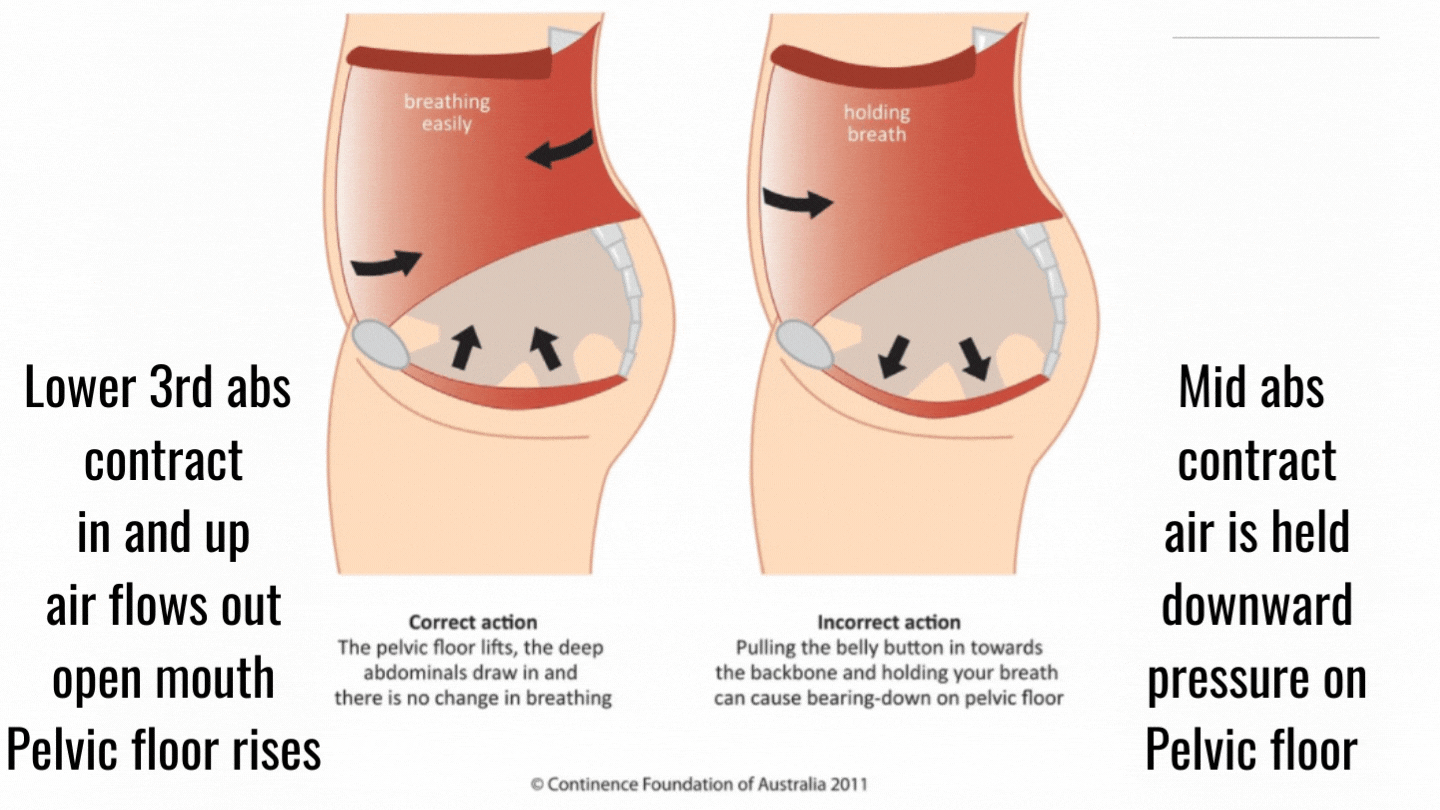
E for E done daily throughout pregnancy means your pelvic floor has the chance to get stronger because you are increasing lifting against more weight/resistance as your uterus/baby grows!
This is why, although Kegels are great, no amount of Kegels can compensate for a weak diaphragm, abs, and tight back muscles.
Research Shows Diaphragm Training Had The Best Effect on Pelvic Floor Muscles

👉🏼 The strength/tone of the pelvic floor muscles that support our Bladder, Uterus, and Rectum shown above, are dependent on and greatly influenced by the strength/tone of the diaphragm muscle.
Pelvic floor muscles (PFMs) … diaphragm training had the best effect on PFM. (1)
Use Kegels WHILE Using The Sitting-C
I encourage moms to use Kegels with every pelvic tip and exhale once they master the Sitting-C Position, Action, and E for E breathing technique. Kegels can easily be layered on to give the pelvic floor added strength work.
Even Postnatally, Focus on Sitting-C and E for E
When my Postnatal classes trained using the Sitting-C Position, Action, and E for E, they found their pelvic floor getting stronger and stronger along with their ABs. This was because we were training the ENTIRE abdominal cavity in a way that was in line with how the body is set up to work.
I continued encouraging new moms to look for opportunities to use the Sitting-C, Pelvic Tip, and E for E Breathing any time they use EFFORT.
For instance, picking up the baby! This technique is extremely beneficial to the pelvic floor, Abs, Upper and Lower back when used throughout the day.
When you take the opportunity to use the E for E technique prenatally and postnatally, … it helps you to protect and strengthen your pelvic floor.
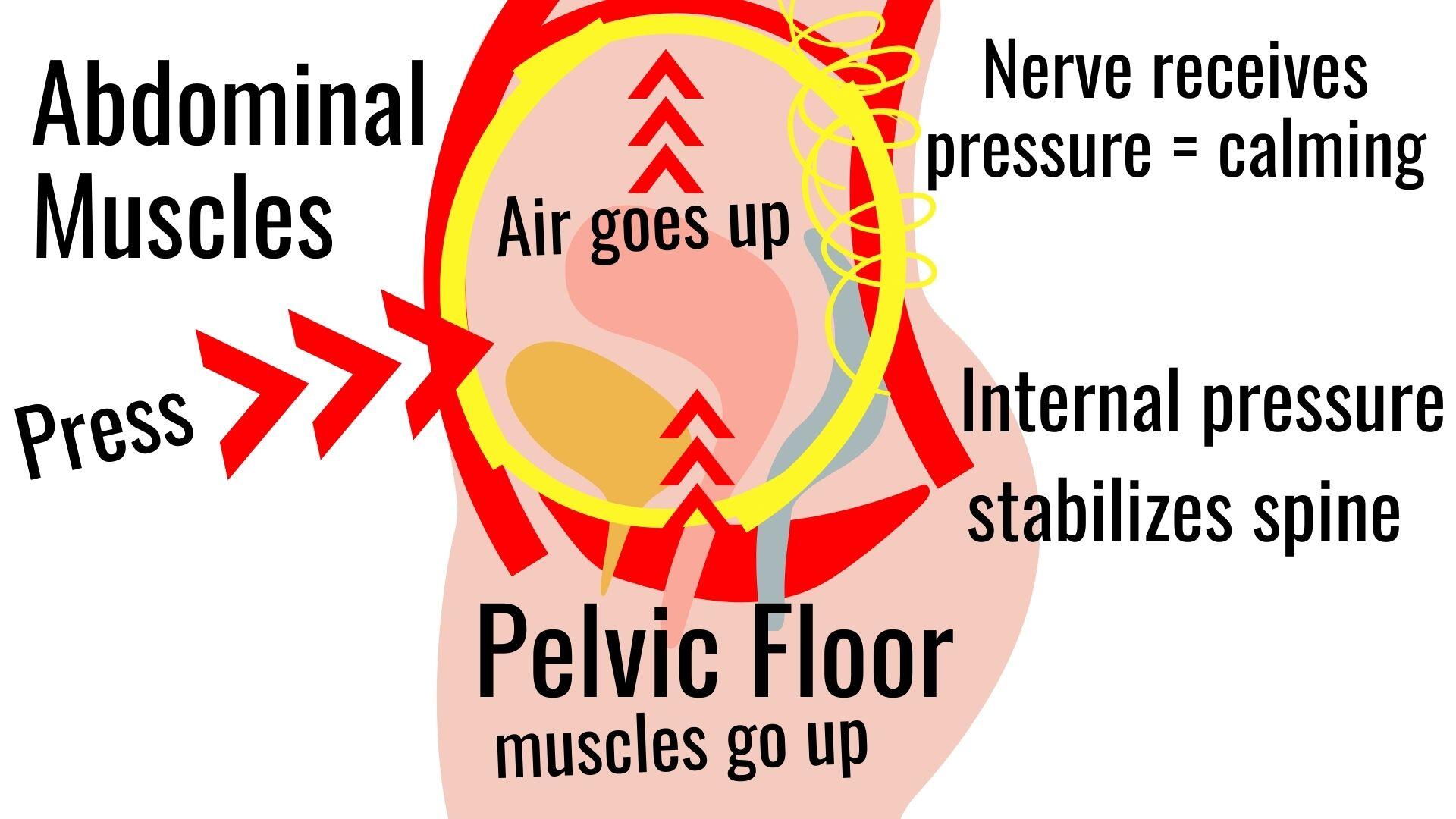
Simply-
…open your mouth slightly… then
Contract the lower abs, tipping your pelvis.
That’s it! You are using the C and E for E.
Some Examples of Everyday Actions To Use the Pelvic Tip with E for E Technique.
- Getting in and out of bed.
- Lifting something or someone
- Pulling against resistance i.e., raking, an exercise band,
- Pushing an object- like a vacuum, wheel barrel, carriage…
- Getting in and out of your car
- The effort phase of an exercise,
- Standing up or on your way down to your chair (avoid plopping into your seat!)
- Up and down from the toilet
- …. you get the idea.
It’s that simple!
When done repeatedly throughout the day, the C and E for E will help you strengthen your pelvic floor muscles, lower ab muscles, and diaphragm muscle all day long.
Using the Sitting-C with E for E day in and day out throughout your pregnancy is the best pelvic floor pregnancy exercise. Ditto for post-pregnancy!
Re-Cap:
- The exercise (Sitting-C) trains your pelvic floor & so much more!
- Getting into and maintaining the exercise position:
- works multiple postural muscles,
- gives us more access to our diaphragm, which is key to strengthening our pelvic floor muscles.
- The ACTION part of the exercise is tipping our pelvis while in the Sitting C Position.
- E for E breathing technique is what makes all the magic happen because it leverages the fact that our pelvic floor muscles work with our diaphragm to create a stronger, more stable core.
- Everyday activities can Strengthen the Pelvic Floor Muscles when we use the C with E for E prior to lifting, pushing, pulling, turning, getting up and down.

Other Posts That May Interest You:
Have Questions? Here’s an easy way to send it to me:
Ab Separation: Check & 2 Exercises
What is it AB Separation? Who Gets it, How to Check for it. Two Exercises.
Feel better, Look Better, LIVE better…The Simple Self Care Lifestyle
References For You are Further down:
The Simple Self Care Lifestyle
THe simple self care lifestyle
Simplify
🌿 References for you
1. Zachovajeviene B, Siupsinskas L, Zachovajevas P, Venclovas Z, Milonas D. Effect of diaphragm and abdominal muscle training on pelvic floor strength and endurance: results of a prospective randomized trial. Sci Rep. 2019 Dec 16;9(1):19192. doi: 10.1038/s41598-019-55724-4. PMID: 31844133; PMCID: PMC6915701.
more references for you
2. Kim E, Lee H. The effects of deep abdominal muscle strengthening exercises on respiratory function and lumbar stability. J Phys Ther Sci. 2013 Jun;25(6):663-5. doi: 10.1589/jpts.25.663. Epub 2013 Jul 23. PMID: 24259823; PMCID: PMC3805012.
Finta, Regina et al. “The effect of diaphragm training on lumbar stabilizer muscles: a new concept for improving segmental stability in the case of low back pain.” Journal of pain research vol. 11 3031-3045. 28 Nov. 2018, doi:10.2147/JPR.S181610
Park, Hankyu, and Dongwook Han. “The effect of the correlation between the contraction of the pelvic floor muscles and diaphragmatic motion during breathing.” Journal of physical therapy science vol. 27,7 (2015): 2113-5. doi:10.1589/jpts.27.2113
Sapsford RR, Hodges PW. Contraction of the pelvic floor muscles during abdominal maneuvers. Arch Phys Med Rehabil. 2001 Aug;82(8):1081-8. doi: 10.1053/apmr.2001.24297. PMID: 11494188.

